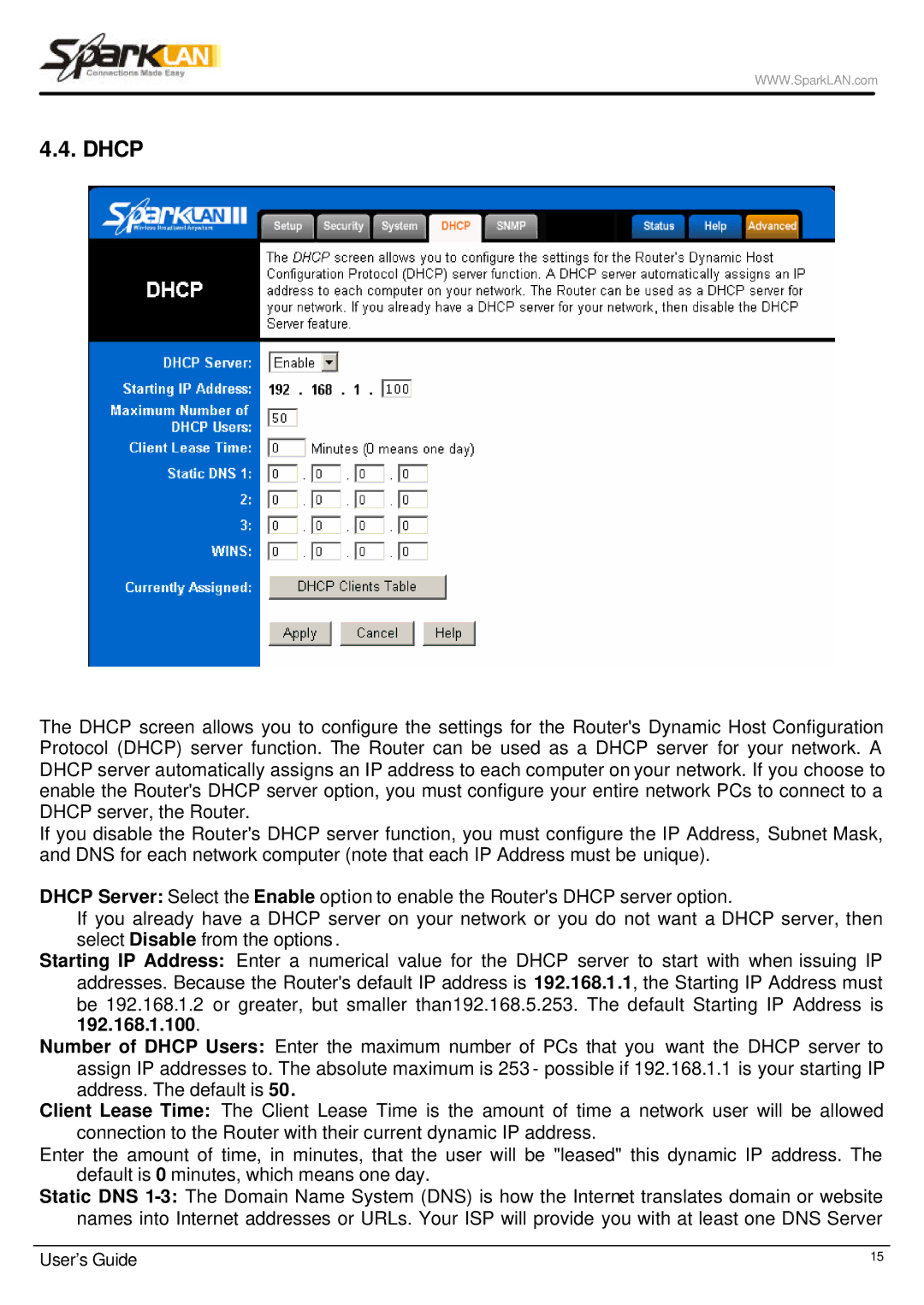WX-6615 specifications
The Spark Tech WX-6615 is a cutting-edge device designed to streamline operations in various sectors, from industrial applications to smart home environments. This robust technology integrates state-of-the-art features and intelligent functionalities, making it an indispensable tool for users who demand reliability and efficiency.One of the standout features of the WX-6615 is its advanced sensor technology, which enhances its ability to monitor and respond to various environmental conditions in real-time. The device is equipped with high-precision sensors that can track temperature, humidity, and air quality, ensuring optimal conditions for any application. This is particularly beneficial in industrial settings where maintaining specific environmental standards is crucial.
The WX-6615 also boasts impressive connectivity options. It supports a variety of communication protocols, including Wi-Fi, Bluetooth, and Zigbee, allowing for seamless integration with smart devices and networks. This multi-protocol capability ensures that users can adapt the WX-6615 to their specific requirements, whether they’re managing a smart building or an expansive industrial complex.
Another highlight of the WX-6615 is its user-friendly interface. The device features an intuitive touchscreen display that simplifies navigation and configuration. Users can easily access real-time data, adjust settings, and monitor system performance from a single platform. This ease of use makes the WX-6615 accessible to a wide range of users, from tech-savvy professionals to those less familiar with advanced technology.
In terms of durability, the WX-6615 stands out with its robust construction designed to withstand harsh conditions. Its rugged housing protects against dust, moisture, and extreme temperatures, ensuring reliable performance in various environments. This durability extends the device's operational lifespan, reducing downtime and maintenance costs.
Moreover, the WX-6615 incorporates intelligent energy management features. By leveraging advanced algorithms, the device can optimize energy consumption, making it an eco-friendly choice for energy-conscious users. This characteristic not only helps reduce utility costs but also aligns with sustainable practices that are becoming increasingly important in today’s world.
Overall, the Spark Tech WX-6615 combines advanced sensing technology, flexible connectivity, user-friendly design, durable construction, and smart energy management, making it a comprehensive solution for both industrial and smart home applications. Whether for monitoring environmental conditions or enhancing operational efficiency, the WX-6615 represents the future of smart technology.

